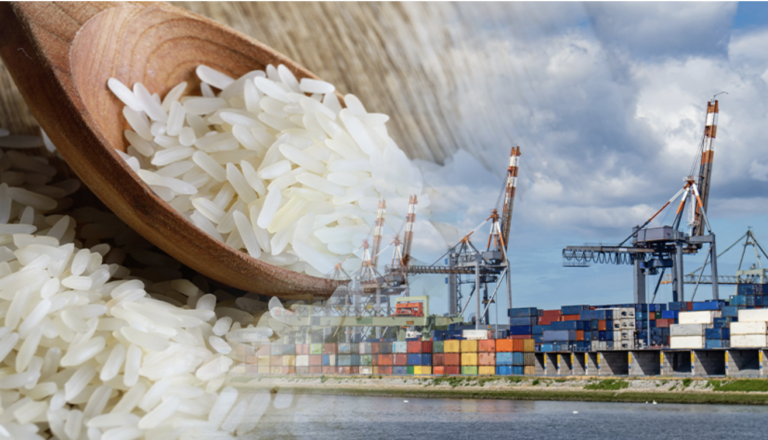

In the first half of 2024, Thai rice export volumes increased by 25%, with total export values exceeding US$3.3 billion, up 48%. Although the stronger baht may reduce Thailand's price competitiveness, the Thai Rice Exporters Association forecasts annual export volumes of 8.8-9 million tons.
As a major global food producer and exporter, Thailand's total rice production in 2022/23 ranked sixth, behind China, India, Pakistan, Indonesia and Vietnam. However, local geopolitical conflicts have increased demand for food crops in countries around the world, especially the urgency of strategic grain reserves, which have increased to another level.
This is reflected in the continued increase in prices of corn, wheat and other food crops since 2022. Of course, this has had a positive effect on the increase in international rice prices. According to data released by the research department of Bank of Ayudhya, Thai rice exports in 2023 were 8.8 million tons, up 13.7% year-on-year. And the total export value is 5.1 billion US dollars, an increase of 29.4%.
After entering 2567, after the Indian government restricted rice exports to ensure domestic supply, Thai rice exports increased by 25.3 tons in the first half of 2567%, with a total value of 3.3 billion US dollars, an increase of 48.1%.
If we take into account the decrease in inventory in the world's largest grain importing countries and the Indian government's control of rice exports, Thailand's overall exports in the second half of this year will still have a good trend, which is confirmed by the association that increased the volume of Thai rice exports in 2567 to 8.8-9 million tons.
However, Thailand's main export markets are: 1. Indonesia 20.5% 2. Iran 9.9% 3. The United States 7.9% 5. The Philippines 5.7% According to the agency's estimates, Thai rice exports are expected to increase by 8.8-9.9 million baht in 2567, an increase of 0.5-2.5% year-on-year.
What will happen to Thai rice in the second half of the year? First, India has not yet relaxed its exports to Thailand, the Netherlands and Indonesia have reduced their orders for Thai rice by 8%, and the demand for Thai rice in the international market is still high. Therefore, Taimi still has a good chance of growth.
However, in the medium to long term, if Taimi wants to achieve sustainable development goals, it needs to continuously improve in terms of cost control, production increase, income increase, and intelligence. Of course, it is necessary to cut the links between them so that farmers can benefit more.
Source: dny321.com